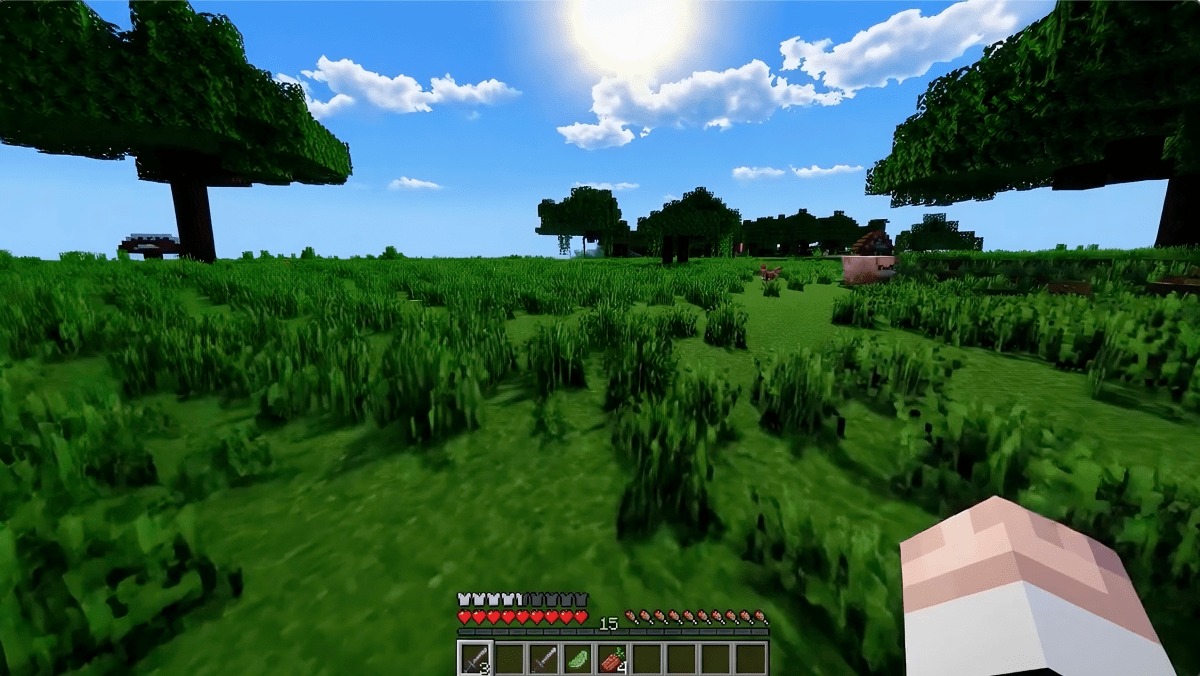OpenAI's Sora Model: Video Game Rendering Capabilities Revealed
Core Concepts
OpenAI's Sora model showcases advanced video generation capabilities, including simulating digital worlds and performing various editing tasks, as detailed in a recent technical paper.
Abstract
OpenAI's latest video-generating model, Sora, is highlighted for its impressive cinematographic abilities and the revelation of its architecture in a technical paper. The model can generate videos of varying resolutions and aspect ratios, perform image and video editing tasks, simulate digital worlds like Minecraft, and act as a data-driven physics engine to render interactive 3D environments. However, it still faces limitations in accurately modeling certain interactions within video games.
OpenAI's Sora video-generating model can render video games, too | TechCrunch
Stats
Sora can generate videos of up to 1080p resolution with arbitrary aspect ratios.
The model can simulate digital worlds like Minecraft by controlling player characters and rendering game dynamics.
OpenAI researchers highlight the potential for scaling video models to develop highly-capable simulators of physical and digital worlds.
Quotes
"These capabilities suggest that continued scaling of video models is a promising path towards the development of highly-capable simulators of the physical and digital world." - OpenAI co-authors
"Sora’s more of a 'data-driven physics engine' than a creative tool." - Jim Fan, Nvidia researcher
Key Insights Distilled From
by Kyle Wiggers at techcrunch.com 02-15-2024
https://techcrunch.com/2024/02/15/openais-sora-video-generating-model-can-render-video-games-too/
Deeper Inquiries
How might the advancement of video models like Sora impact other industries beyond gaming?
The advancement of video models like Sora could have significant implications across various industries beyond gaming. For instance, in the film and entertainment industry, these AI-generated videos could streamline the pre-visualization process, allowing filmmakers to quickly create visual representations of scenes before actual production begins. This can lead to cost savings and more efficient workflows. Additionally, in advertising and marketing, AI-generated videos could revolutionize content creation by enabling rapid prototyping and customization of ads based on consumer preferences and trends. Moreover, in education, AI models like Sora could enhance e-learning experiences by creating interactive simulations for complex subjects such as science or history.
What are potential drawbacks or ethical concerns associated with using AI models like Sora for creating content?
While the capabilities of AI models like Sora are impressive, there are several potential drawbacks and ethical concerns associated with their use for creating content. One major concern is the issue of deepfakes - where malicious actors could misuse this technology to create fake videos that spread misinformation or manipulate public opinion. Another concern is related to data privacy and security since generating realistic videos may involve processing large amounts of personal data. Furthermore, there's a risk of job displacement as automation through AI models could replace human roles in creative industries such as animation or graphic design.
How could the concept of simulating digital worlds with advanced AI models influence future technologies beyond entertainment?
The concept of simulating digital worlds with advanced AI models has far-reaching implications beyond entertainment. In fields such as urban planning and architecture, these simulations can help designers visualize how cities will evolve over time or test different infrastructure scenarios without physical construction. In healthcare, advanced simulations can aid medical professionals in training exercises or surgical procedures by providing realistic virtual environments for practice. Additionally, in climate science research, these simulations can model complex environmental systems to predict weather patterns or assess the impact of climate change on ecosystems accurately.
0
